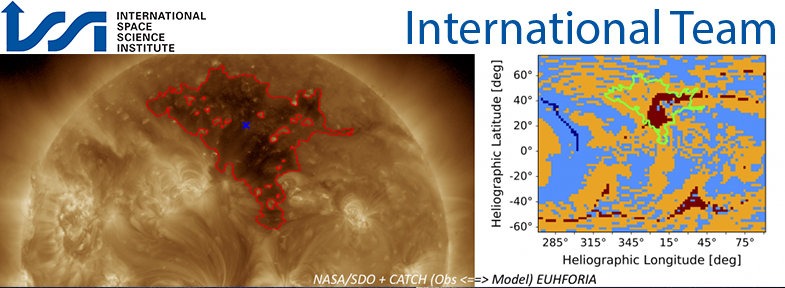Correctly deriving magnetic open flux on the Sun and the distance to coronal hole (CH) boundaries is a long-standing open question and crucial for modelling the background solar wind (Linker et al., 2017; Wallace et al., 2019). Knowing the background solar wind in interplanetary (IP) space is fundamentally important for reliable coronal mass ejection (CME) propagation modelling and forecasting (e.g., Vršnak & Zic 2007; Temmer et al. 2011). However, estimates of open solar magnetic flux from remote photospheric and in situ spacecraft observations can differ by as much as a factor of two, which is well outside the measurement uncertainties (e.g., Arden et al., 2014). This suggests a fundamental issue in our understanding about the topology of the coronal magnetic field and the energisation of plasma. To tackle that issue, we will bring together an international team of experts with a wide range of expertise to determine the physical source of the (missing) open solar flux using the powerful approach of combining models and observations. Based on the results, we will develop a methodology for reproducing the interplanetary magnetic field open flux at 1AU distance range with full assessment of uncertainty that can serve as a benchmark for global coronal magnetic field and solar wind models.
Magnetic Open Flux And Solar Wind Structuring Of Interplanetary Space
ISSI Team led by Manuela Temmer (University of Graz, Austria)
